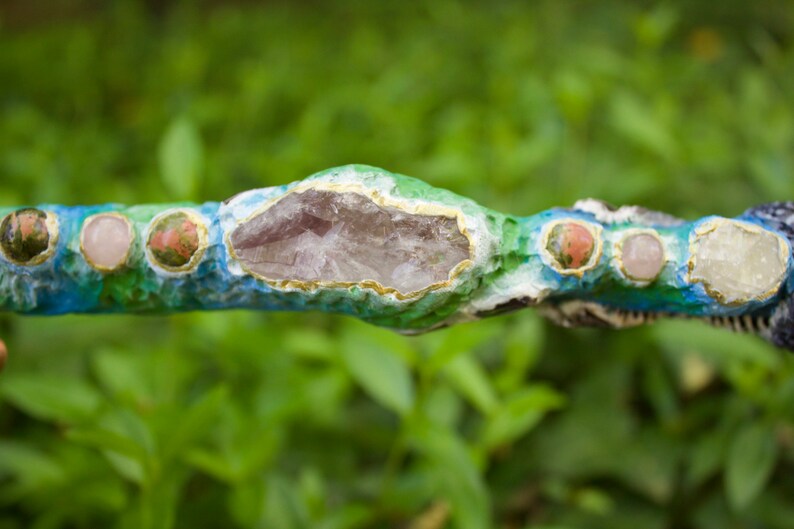

The rock formations of Meteora are characterized by their towering sandstone pillars and cliffs, which create a breathtaking and unique landscape. Composition and characteristics of the rock formations

These rocks are layered and often exhibit different colors and textures due to variations in the sedimentary processes and materials present during their formation. Sandstone is formed from compacted sand grains, while shale is a fine-grained rock composed primarily of clay minerals. This type of rock is commonly found in areas where sediment has been deposited by rivers or in ancient beach environments.Īpart from conglomerate, other sedimentary rocks like sandstone and shale are also present in the region. Conglomerate is a sedimentary rock composed of rounded gravel and pebbles cemented together by finer-grained materials, such as sand and clay. The dominant rock type in Meteora is sandstone, specifically a type known as conglomerate. Its geological marvels, combined with its cultural and natural significance, make it a truly remarkable destination that captivates the imagination of all who visit. Meteora stands as a testament to the dynamic forces that have shaped our planet over millions of years. Today, these monasteries, perched precariously atop the pinnacles, continue to attract visitors from around the world, combining nature, history, and spirituality in a truly awe-inspiring setting. The towering cliffs have been home to numerous monasteries since the 14th century, where monks sought seclusion and spiritual enlightenment. In addition to its natural wonders, Meteora holds great cultural and religious significance. The rugged cliffs and rock shelters provide important habitats for several rare and endangered species, including birds of prey like the peregrine falcon and the Egyptian vulture. The area is renowned for its rich biodiversity, housing a variety of plant and animal species, some of which are unique to this region. Meteora’s geological significance extends beyond its breathtaking beauty. These natural cavities formed through a combination of chemical weathering, where water dissolved and carried away soluble minerals from the rock, and mechanical weathering caused by the expansion and contraction of water within cracks and fractures. This process, known as differential erosion, shaped the cliffs into their current extraordinary forms, with some pinnacles reaching heights of up to 400 meters (1,300 feet).Īdding to the geological intrigue of Meteora is the presence of numerous caves and caverns.

Over millions of years, wind, rain, and frost worked together to gradually erode the softer layers of rock, leaving behind the more resistant sandstone pillars. These formations were sculpted by the relentless forces of weathering and erosion. What makes Meteora particularly remarkable are the unusual shapes of the rock pinnacles that dot the landscape. This tectonic activity, combined with subsequent erosion by wind and water, gradually exposed the underlying sedimentary rocks, giving rise to the majestic cliffs of Meteora.

The collision of the Eurasian and African plates resulted in the uplifting of the land and the formation of the Pindos Mountains. These sediments eventually solidified into sedimentary rocks, with sandstone being the dominant rock type in the Meteora region.Ībout 30 million years ago, tectonic forces started to shape the region. At that time, the area was submerged under a shallow sea, and layers of sediment, including sand, silt, and clay, accumulated over time. The geological history of Meteora dates back millions of years to the Late Cretaceous period, around 60 million years ago. The word “Meteora” translates to “suspended in the air” or “in the heavens,” which perfectly captures the awe-inspiring nature of this geological wonder. It is known for its unique landscape of towering sandstone cliffs, which rise abruptly from the surrounding plains. Meteora is a stunning rock formation located in central Greece, near the town of Kalambaka.


 0 kommentar(er)
0 kommentar(er)
